- We observed firsthand the contradictions that plague South Korea’s very modern economy: a handful of very powerful, family-controlled conglomerates – called chaebol – concentrate wealth and power at the top; and the rest of the economy is small, fragmented, and generally sub-scale.
- Nearly fifteen years ago, crisis in Korea forced the chaebol to reform their ways. The result was generally capable and world class companies; but ironically, the prosperity that has followed has allowed some of the chaebol to return to their old ways – building empires, diversifying into non-core businesses, and creating inefficiencies.
- At the other end of the spectrum, the small “mom-and-pop” companies that populate the landscape mean that middlemen and the extra costs and inefficiencies they create are pervasive.
In Seoul, I visited eight companies over two days. Flying into gleaming and efficient Incheon Airport emphasized South Korea’s status as a highly modern, globally savvy economy. Despite its polish, though, Korea’s economy still bears traits that smack of the past, particularly in that it remains a “concentrated” economy. A small number of massive chaebol (industrial conglomerates, each one usually backed and controlled by a founding family) dominate the economic landscape. Samsung Group produces about 20% of Korea’s exports and is a prime example of what a country can accomplish when government policy, corporate planning, and dedicated labor work together. If one names a few global industries, invariably a Korean name makes the list of top global players: autos (Hyundai, Kia), semiconductors (Samsung Electronics), and ship building (Hyundai).
As South Korea attempted to modernize and industrialize its economy following the Korean War, chaebol led the way. The local government offered both explicit and implicit support for the expansion of the chaebol, and thus emboldened, many attempted to expand across a broad swathe of often-unrelated industries, in a sort of “economic land grab.” Sometimes this yielded capable, world-class subsidiary companies within specific chaebol; but just as frequently it begat profitless growth, with companies borrowing excessively to expand into industries in which they had no competitive edge.
The 1997 - 1998 Asian currency crisis swept some of the chafe away, as poorly-run chaebol crumpled under the weight of the debt they had used to fuel their dubious expansion plans. Most were forced to clean up the way they ran their subsidiary businesses. In one famous example, the Daewoo group was forced to break itself up into many small, independently managed firms, and the chaebol at the center was at least nominally forced to give up control of its subsidiary businesses.
However, relative prosperity in Korea over the last decade has ironically meant that the drive to reform the chaebol has waned. Crisis forced change, but stability bred a degree of complacency – and some chaebol again began to bleed into non-core businesses. However, one particular chaebol I visited is progressing on a significant divestment program. This is good news for shareholders seeking more pure play investments.
One interesting theme that surfaced in multiple conversations was the South Korean government’s apparent desire to exercise control over inflation in certain consumer goods, particularly those deemed critical to the “man on the street”: noodles and education, for example. A firm too profitable in these areas may find its business undercut by government action. At one education-focused company I visited, the government stepped in to create a free online version of one of the firm’s products, making it more difficult for the private entity to earn a profit.
While visiting a major consumer products company, the representative told me that his firm employs 400 distributors across Korea for a product which retails for under one dollar. Middlemen and the costs they imply are pervasive. Investors should be aware that companies without strong distribution networks or access to efficient supply chains will struggle.
A final point, apart from corporate Korea: I sat with an elderly Korean man for a long while, casually discussing his country, his heritage, and the North Korean threat. It turns out he fought alongside the U.S. in the Korean War, attended a U.S. university (as did his sons), and owns property in New Jersey. He is now back in Korea living out his retirement. He told me “Korea is an island.” It is true that Korea adopts an isolated, go-it-alone approach to its economy where the chaebol system retains strategic control over economic sectors and foreign ownership is limited. It is also true its relations with North Korea make it far less isolated from international politics and stratagems than it might wish.
William MaeckSeoul
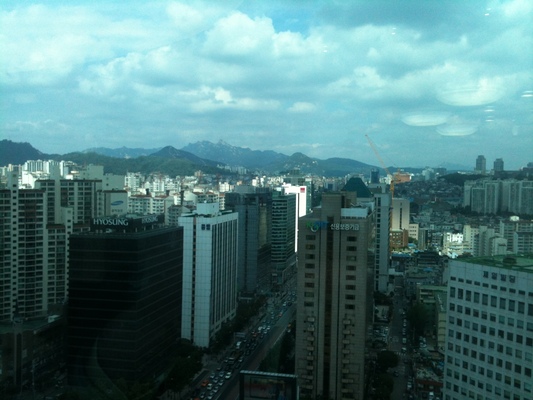
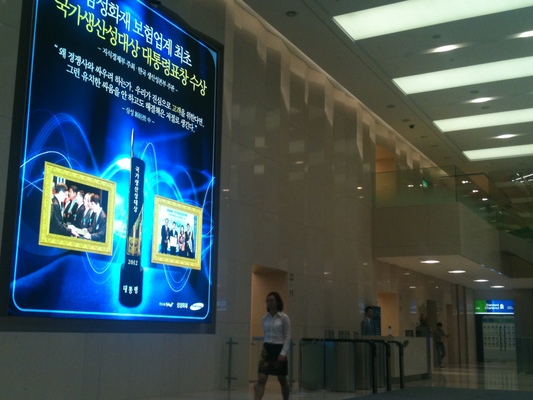
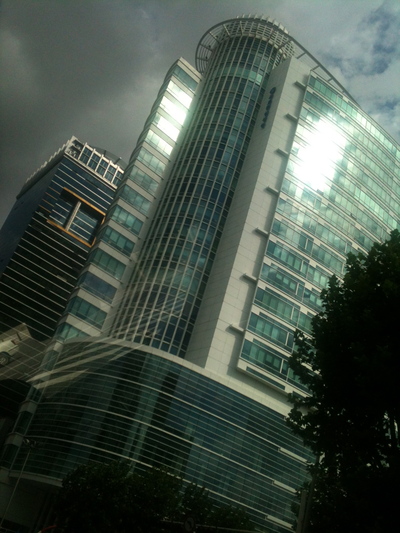
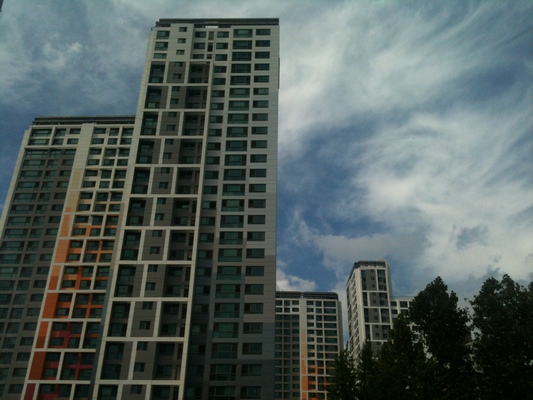
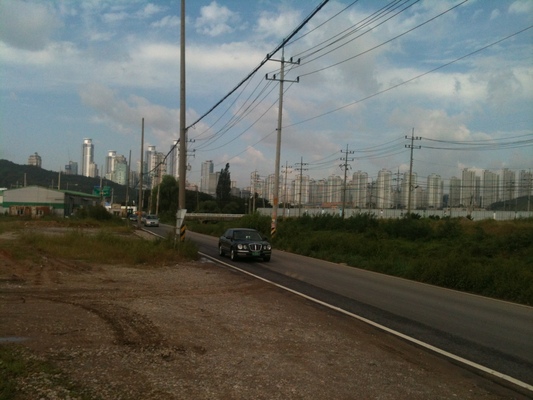
- The views and information discussed in this commentary are as of the date of publication, are subject to change, and may not reflect the writer's current views. The views expressed represent an assessment of market conditions at a specific point in time, are opinions only and should not be relied upon as investment advice regarding a particular investment or markets in general. Such information does not constitute a recommendation to buy or sell specific securities or investment vehicles. It should not be assumed that any investment will be profitable or will equal the performance of the portfolios or any securities or any sectors mentioned herein. The subject matter contained herein has been derived from several sources believed to be reliable and accurate at the time of compilation. Seafarer does not accept any liability for losses either direct or consequential caused by the use of this information.
![[Chrome]](/_layout/images/ua/chrome.png)
![[Firefox]](/_layout/images/ua/firefox.png)
![[Opera]](/_layout/images/ua/opera.png)
![[Microsoft Edge]](/_layout/images/ua/edge.png)